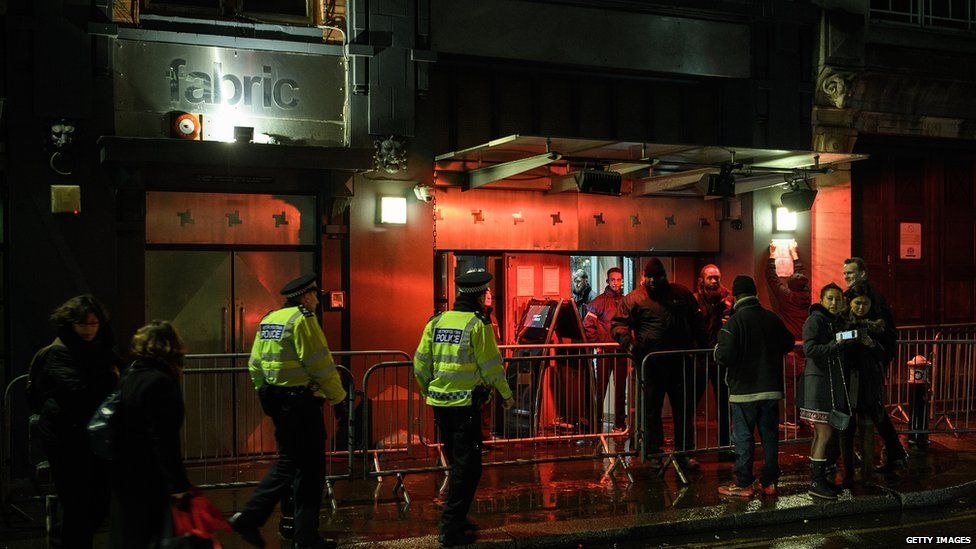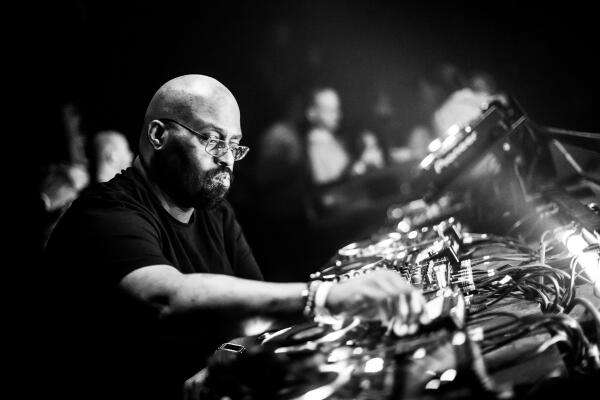Skream and Paul Woolford Spark Conversation Regarding the LGBTQ+ Community and House Music
Where does house music come from and what does it have to do with the queer community?
Now more than ever house music is at the forefront of mainstream media and alongside its popularity is the rise in the nightclub aesthetic. After the quarantine lockdown, practically everyone was ready to get outside and mingle bringing an influx of newer faces into popular clubs.
What many new club-goers lack is nightlife etiquette and each person in the electronic community has a responsibility to preserve a culture of inclusivity and acceptance. In relation to this, there has been some discourse on a video of a man dancing at club Fabric London that was uploaded to Twitter and captioned, “Yo I will never be going to fabric again after seeing this”.

Club Fabric
Club Fabric caught wind of this and replied with “Great, given this tweet, we’d prefer it if you didn’t come. Our club was built on the values of free expression and the freedom to dance and not be judged. We also have a No Photo Policy to protect our dancers’ privacy. Please do the right thing and remove this video.”
Producer and DJ Skream combated the negativity commenting that it “looks like he’s having a lovely time” and continued the conversation adding, “… if this offends you I can’t imagine how you’d be at a proper Berghain night. This is literally as innocent as pepper pig in comparison.”
Hours after, notable house music DJ, Paul Woolford, tweeted “FACT — if you are a straight person in a house club, KNOW that you are a guest in someone else’s culture irrespective of if you can be bothered to educate yourself on the actual history of this music, or not.” His hot take ruffled a few feathers in the comments with people on one side claiming house music doesn’t belong to one specific group while others urged people to educate themselves on the history of house music and the LGBTQ+ community.

Chicago club – The Warehouse
At its core house music is not to be gatekept and is for all walks of life, but many don’t realize its strong ties to the queer community. House music first rose as a genre of electronic dance music that originated in Chicago in the 1980s.
It was created by a group of DJs and producers who were heavily influenced by the disco and funk music that was popular at the time. However, unlike disco, which had become commercialized, house music was underground and was primarily played in small clubs and warehouses.
The LGBTQ+ community has always played a significant role in the development and evolution of house music. Many of the pioneers of the genre were LGBTQ+ themselves, and they used music to bring people together and create a safe space for expression and inclusion.

Frankie Knuckles
One of the earliest and most influential figures in house music was Frankie Knuckles, who is often referred to as the “Godfather of House.” Knuckles was a gay man who began DJing in the 1970s and is credited with helping to develop the sound of house music. He played a crucial role in popularizing the genre, and was the resident DJ at the club, The Warehouse, which became a hub for the LGBTQ community in Chicago.
As house music spread beyond Chicago and New York, it continued to be embraced by the queer community. Clubs and parties around the world became safe havens for people who were seeking acceptance and community, and house music played a central role in creating these spaces.
Whether you are new or old to the house music scene it’s important to remember where the culture derives from and how its evolution has impacted the culture today. Above all, the success of the scene is attributed not only to the artists but by the people, and to preserve it we must continue to show respect to one another in these safe spaces.





Leave a Reply